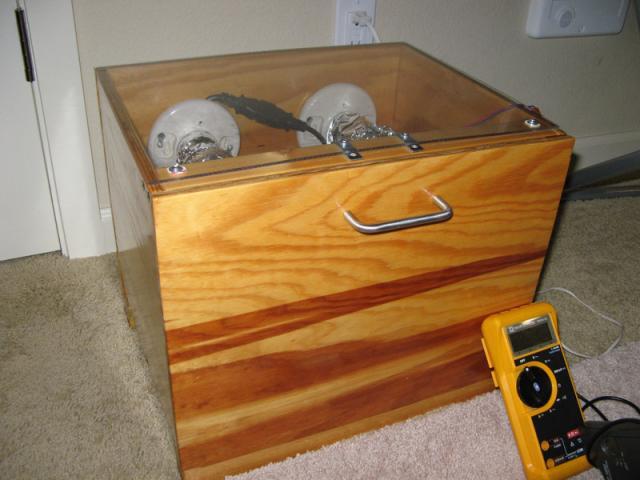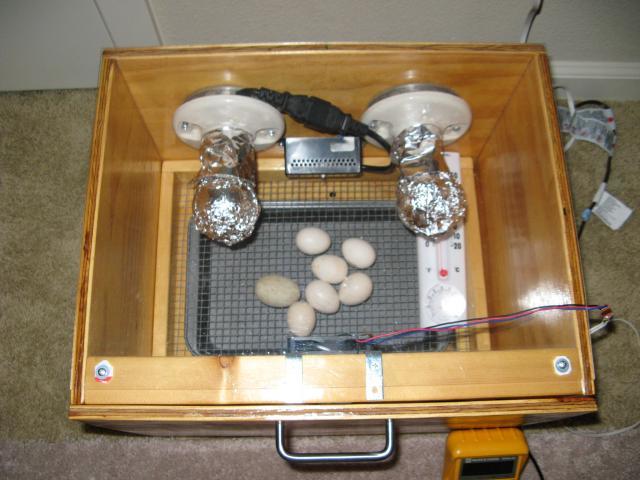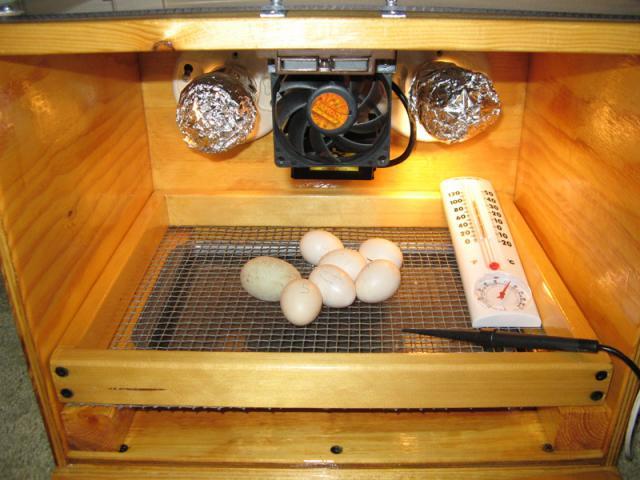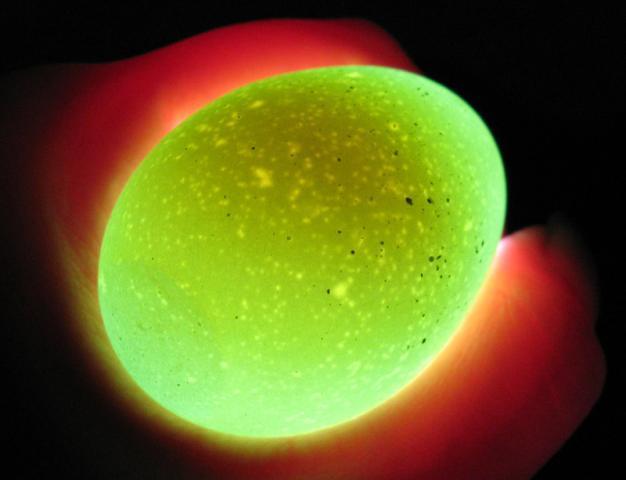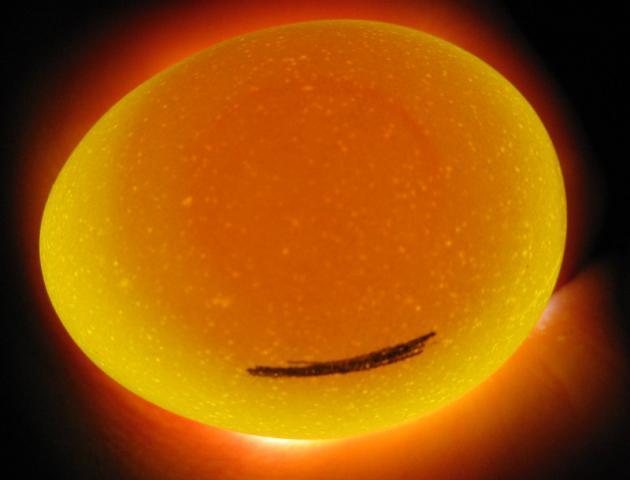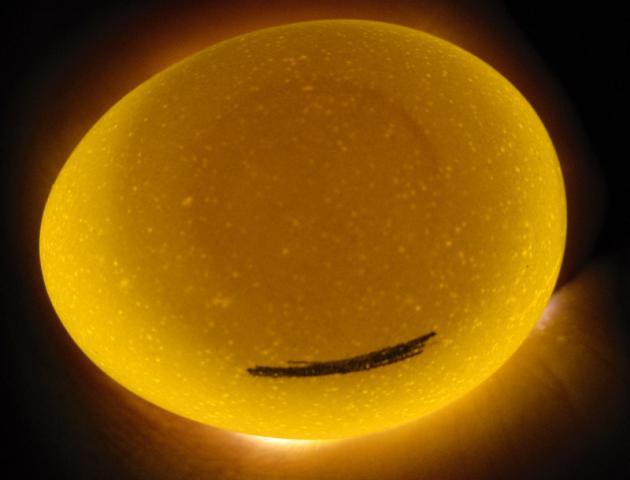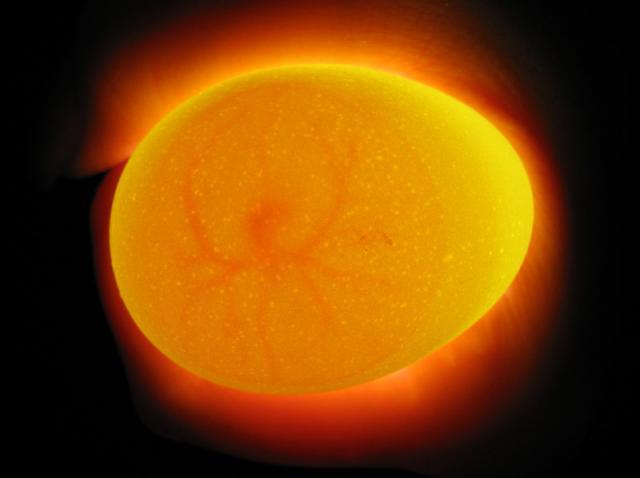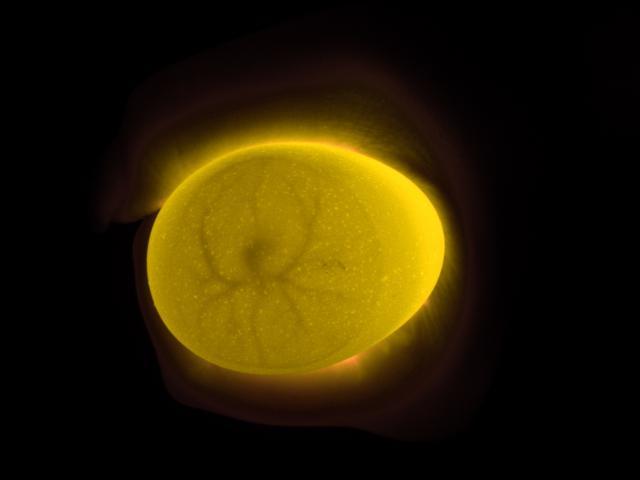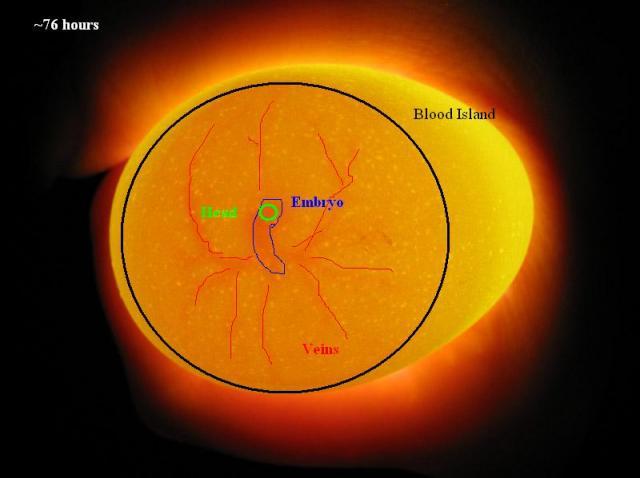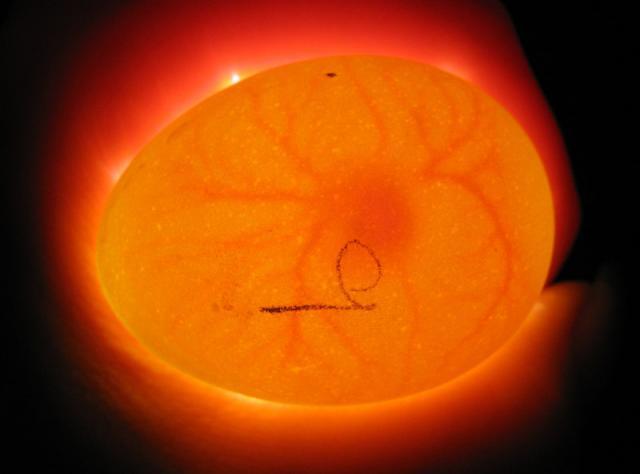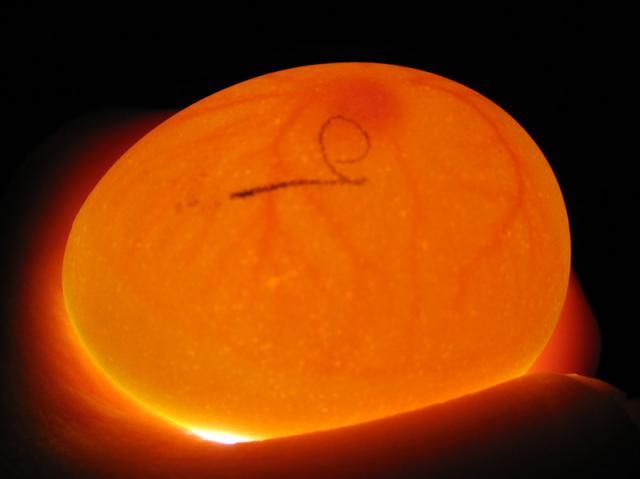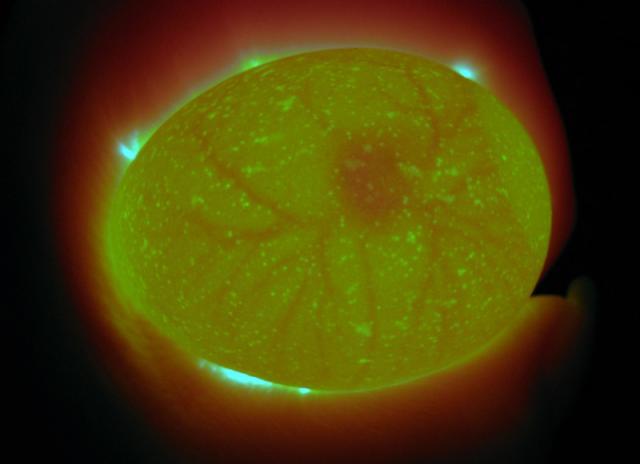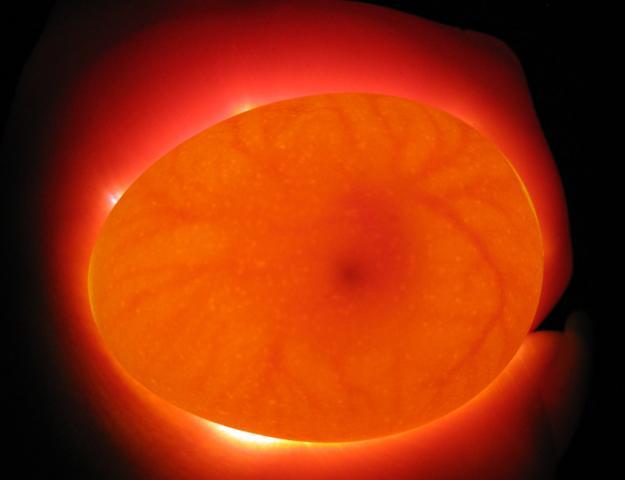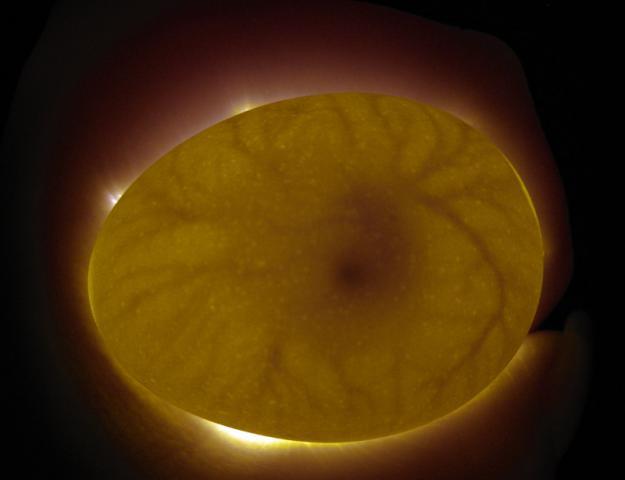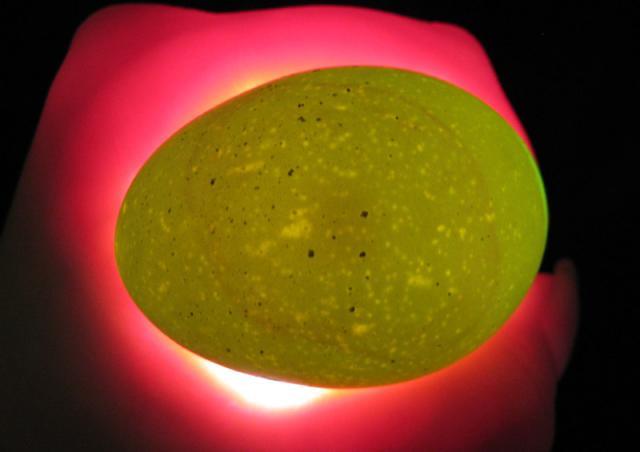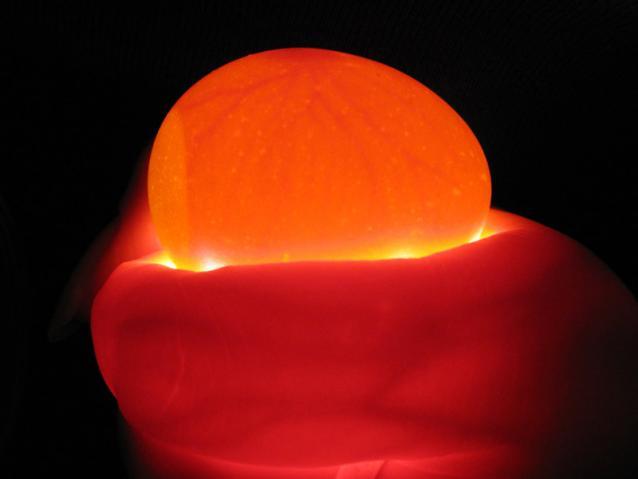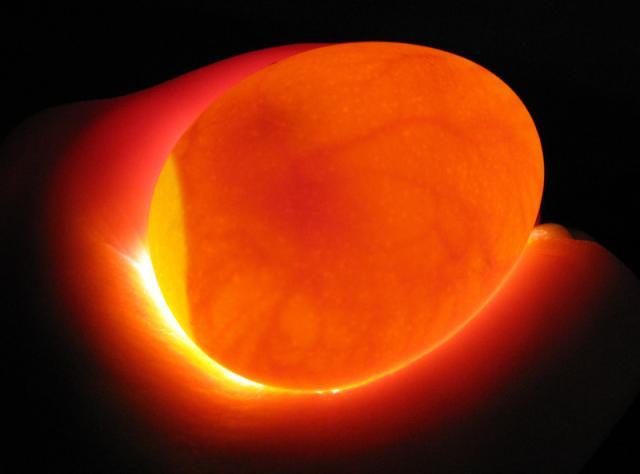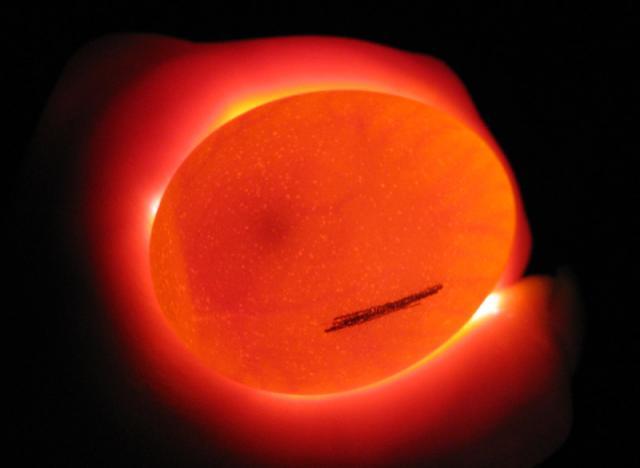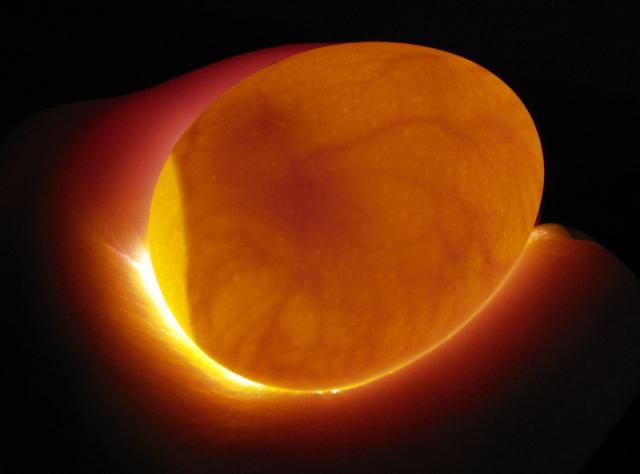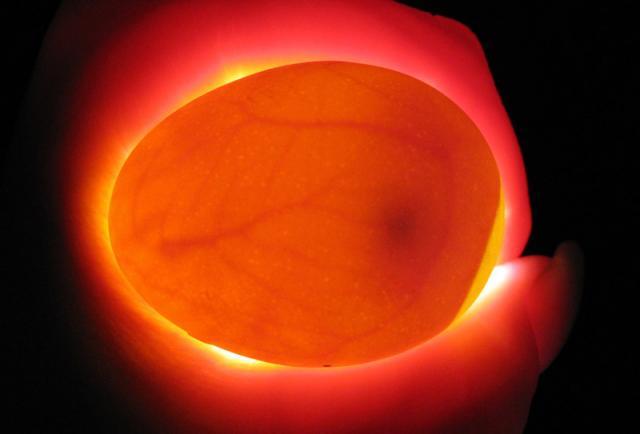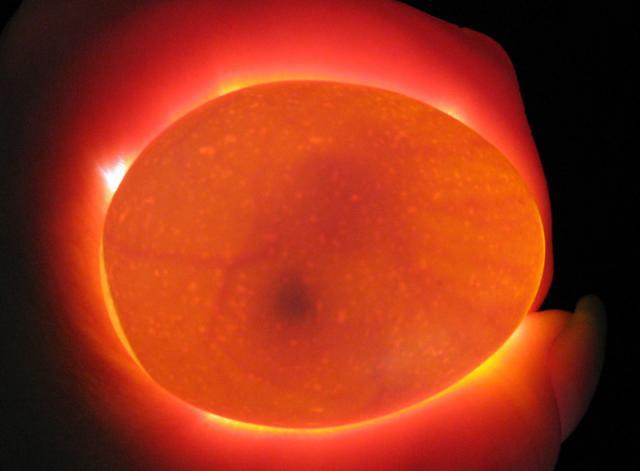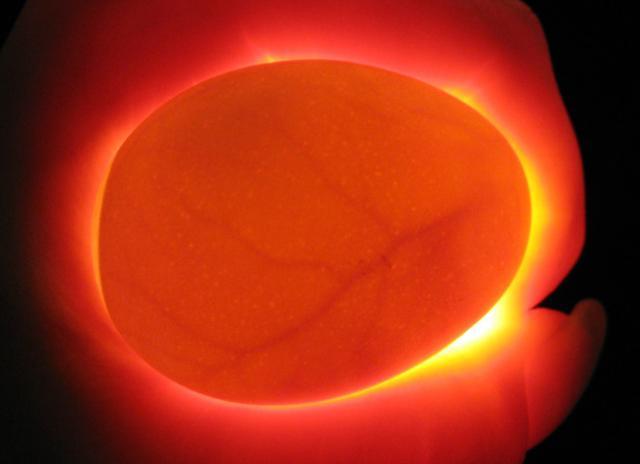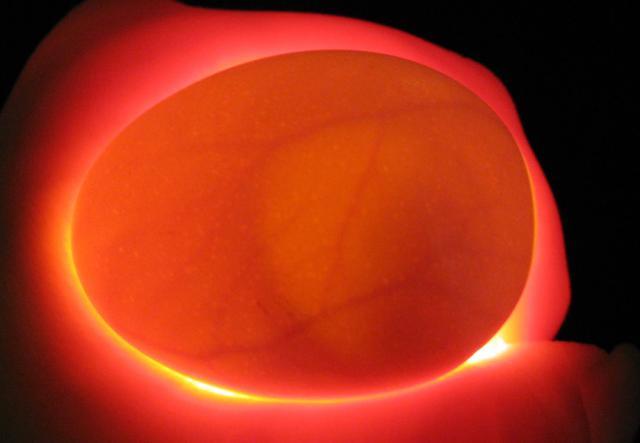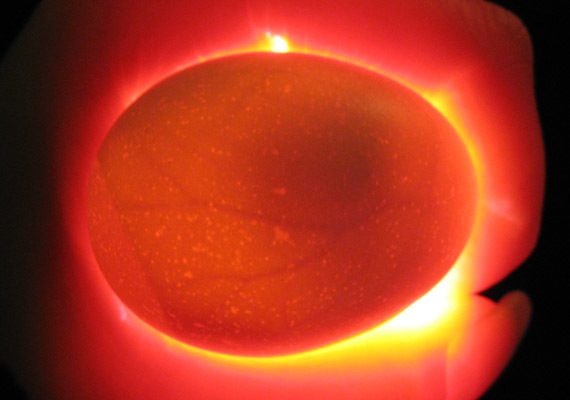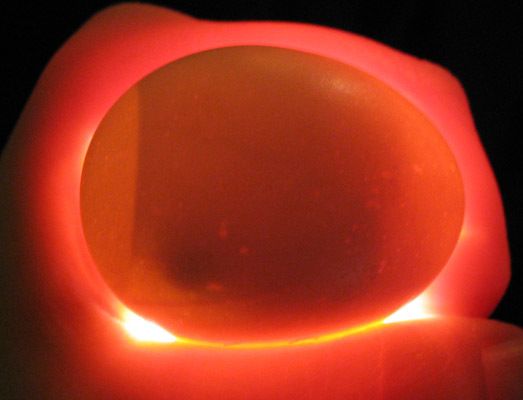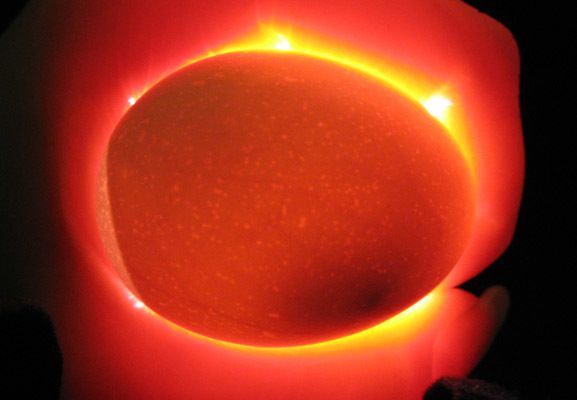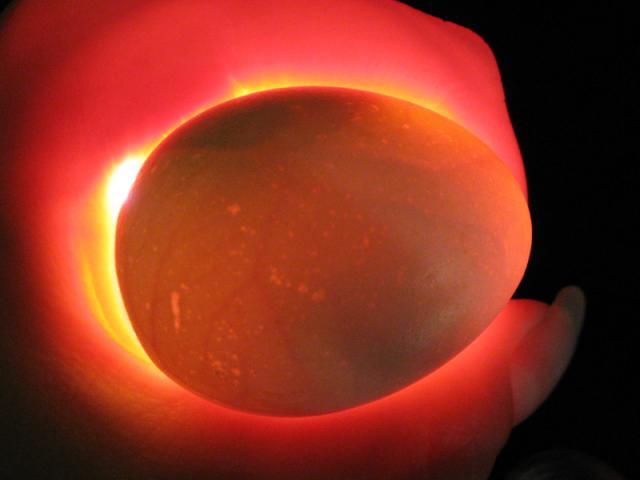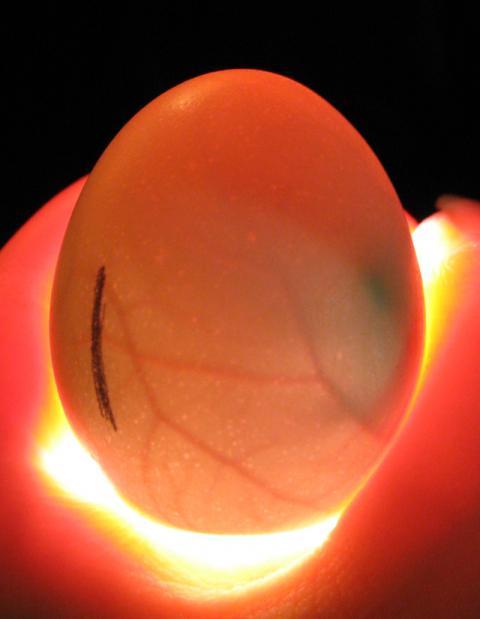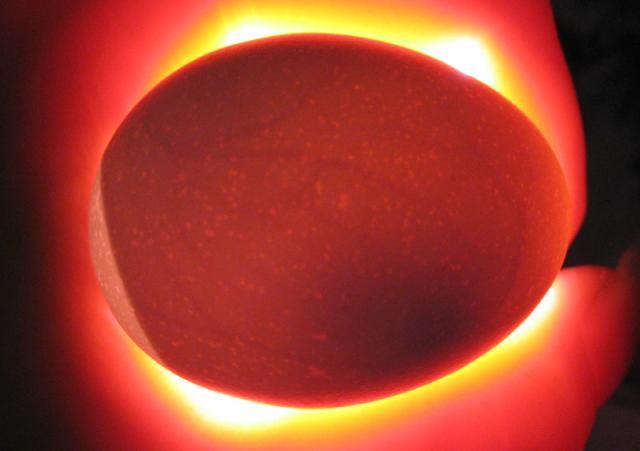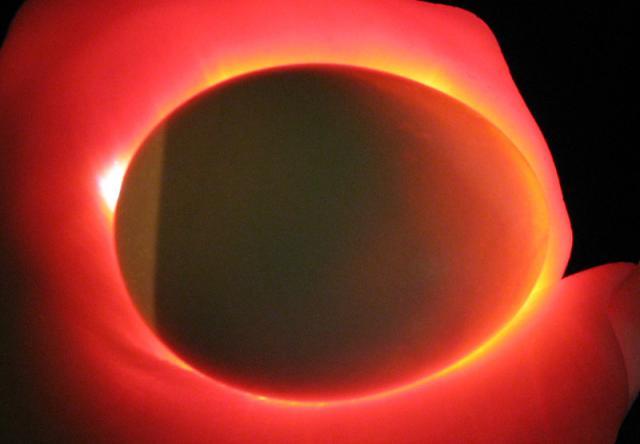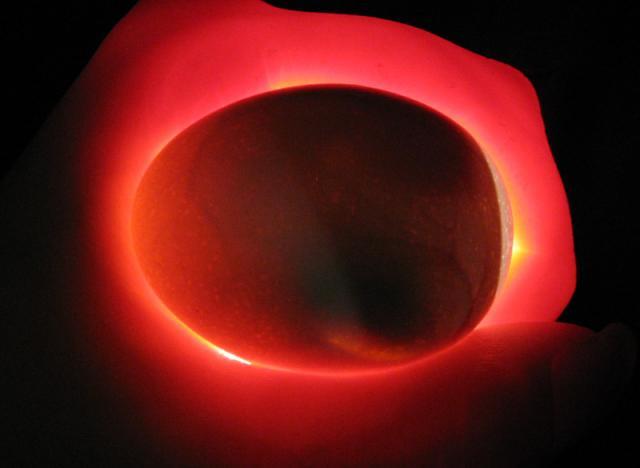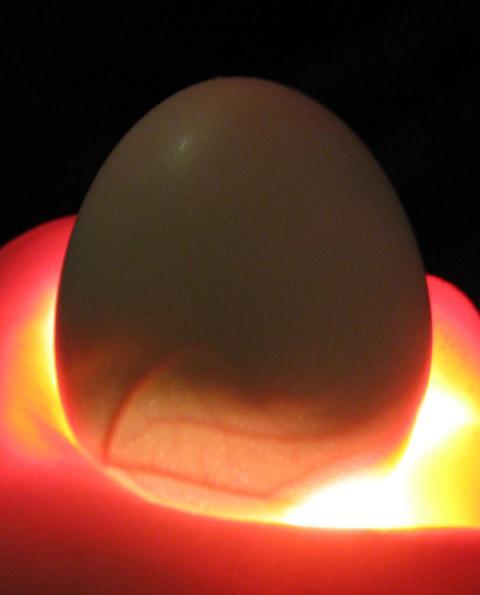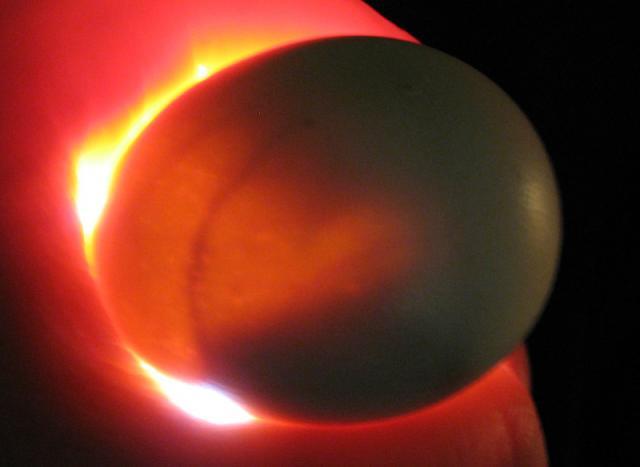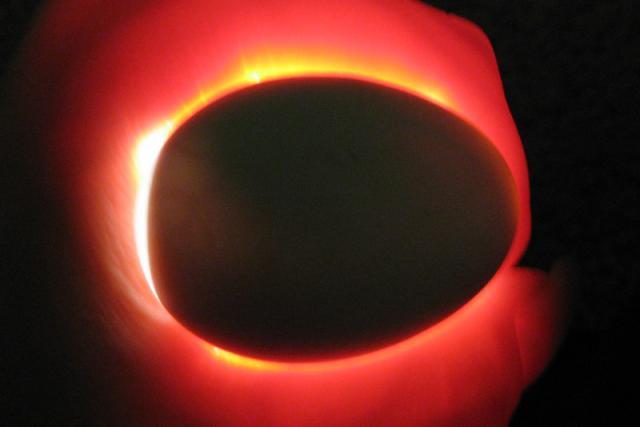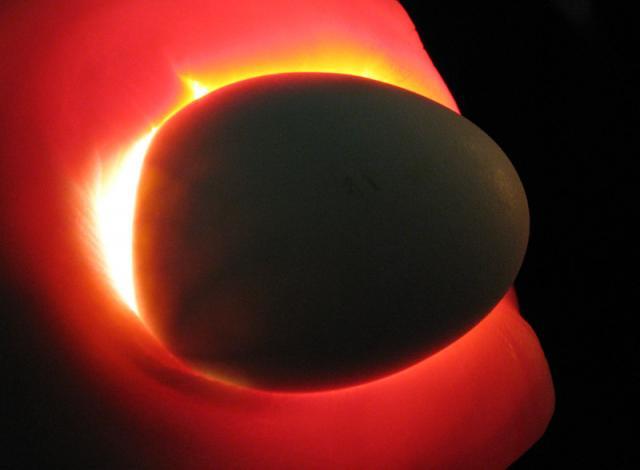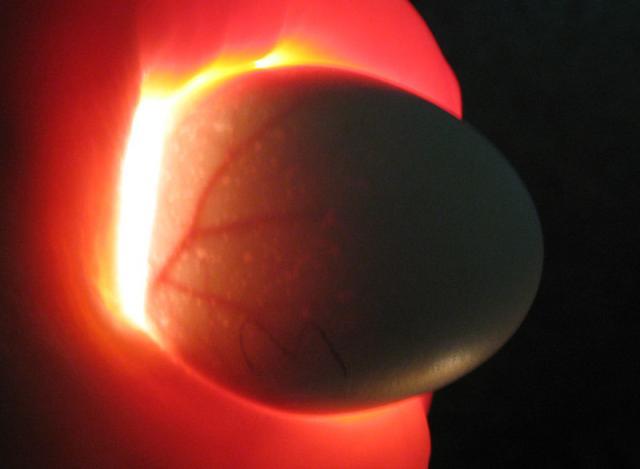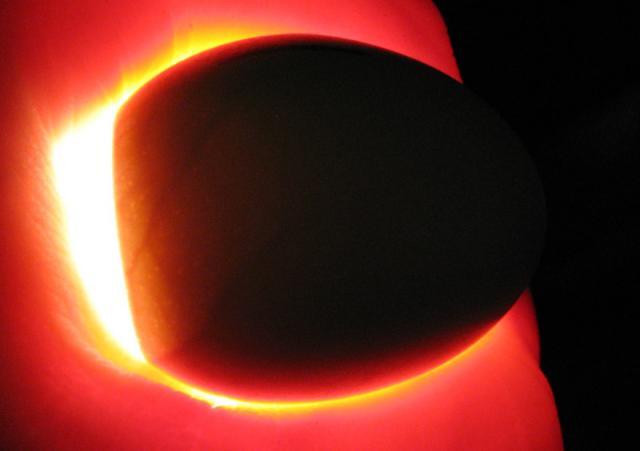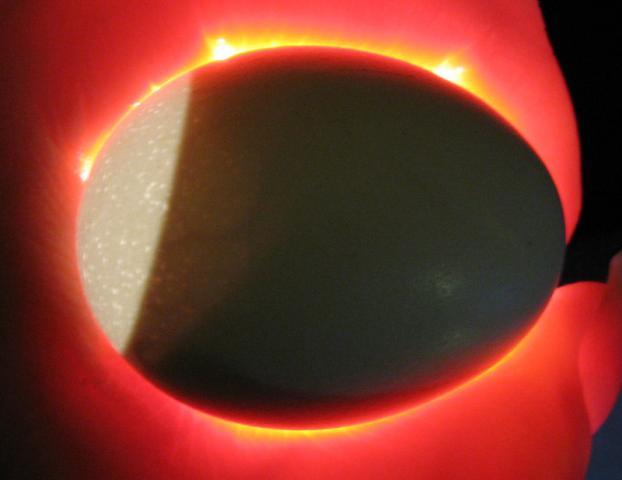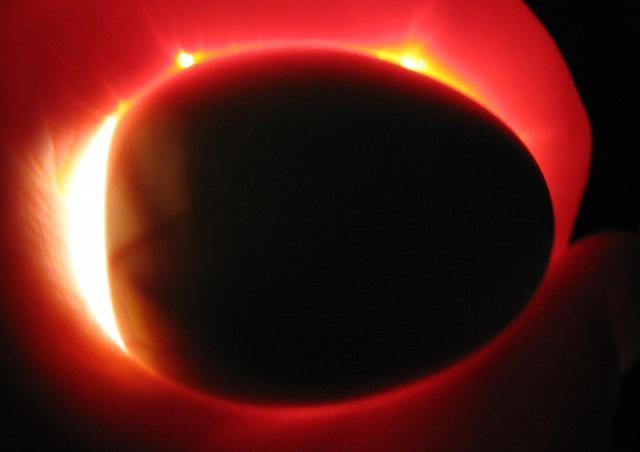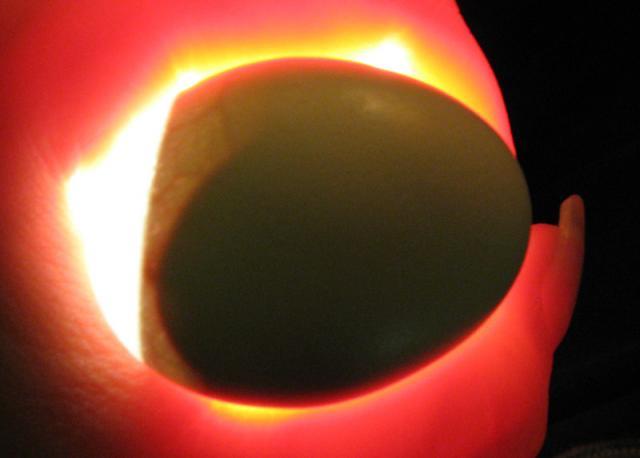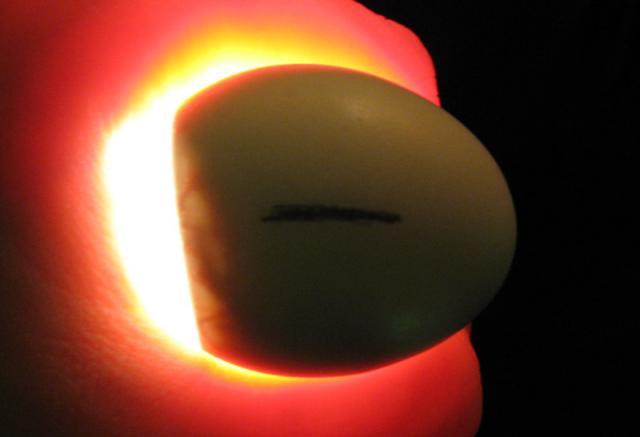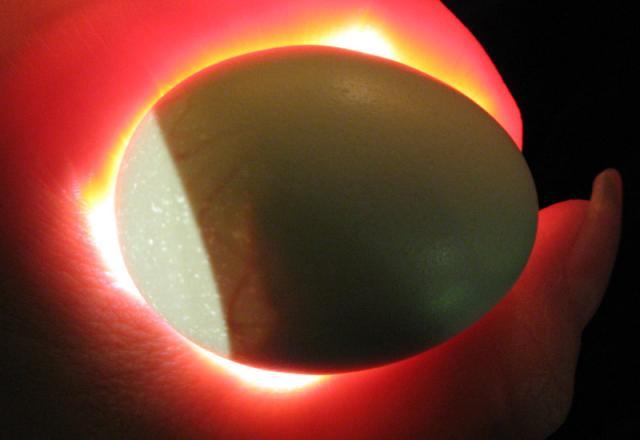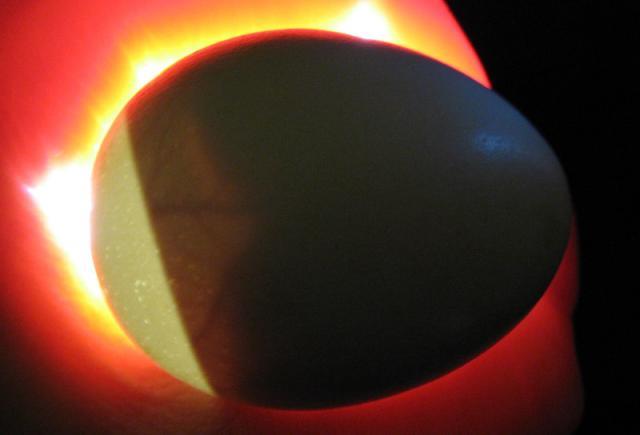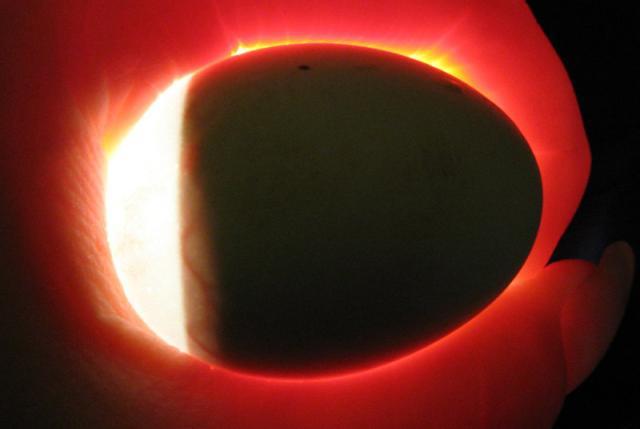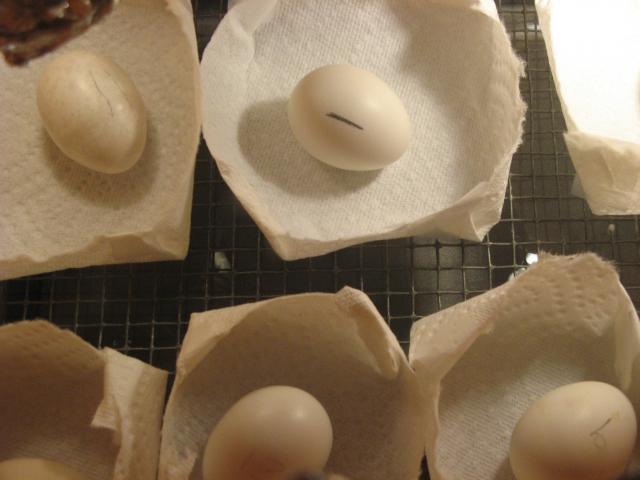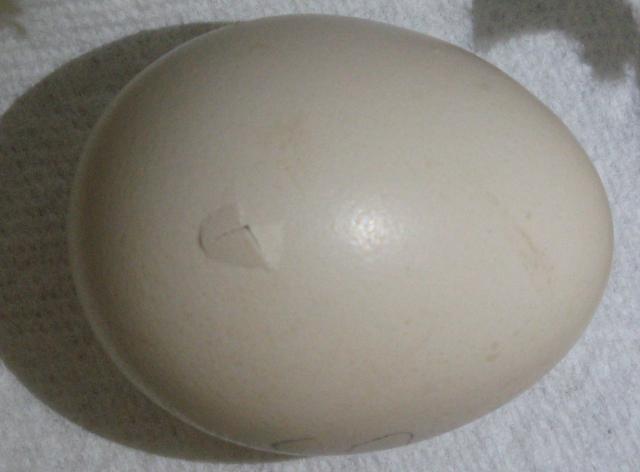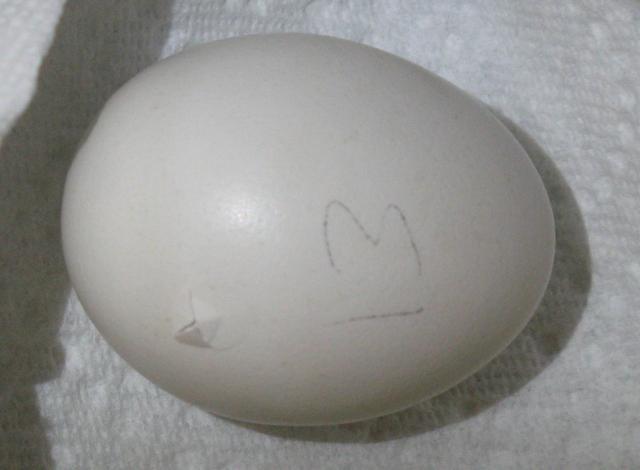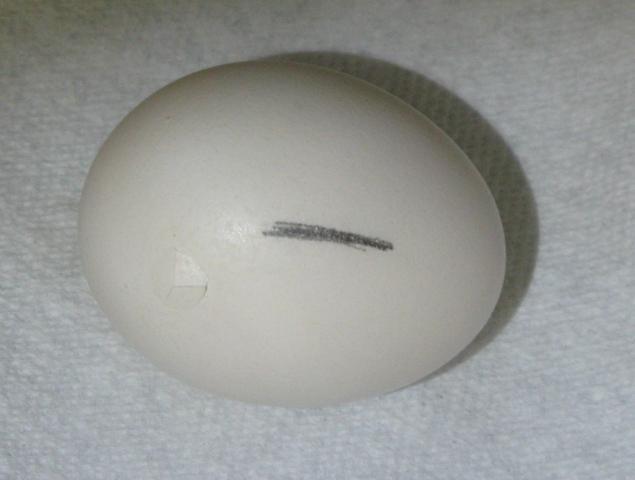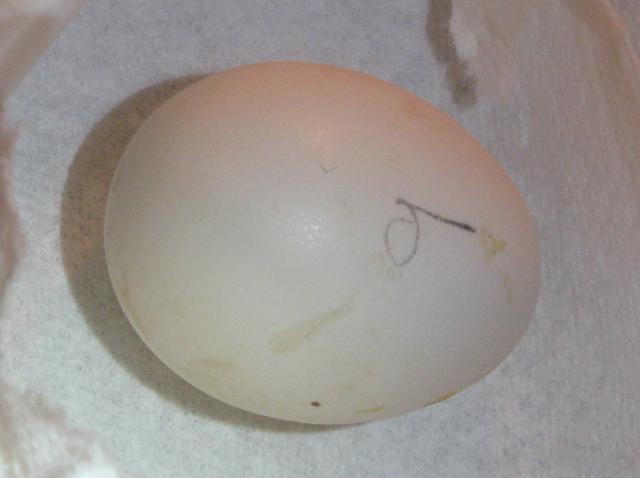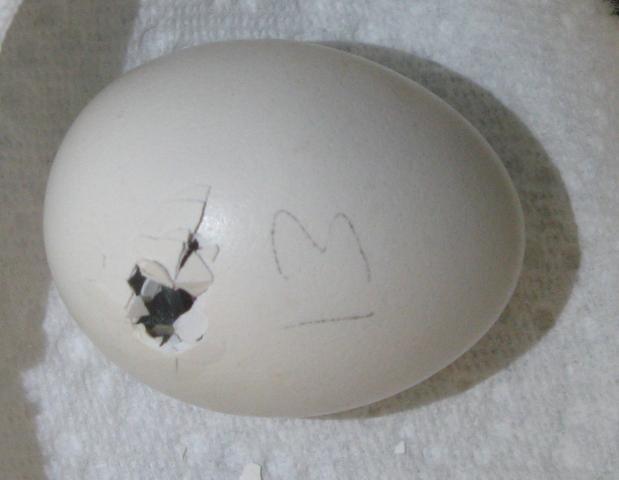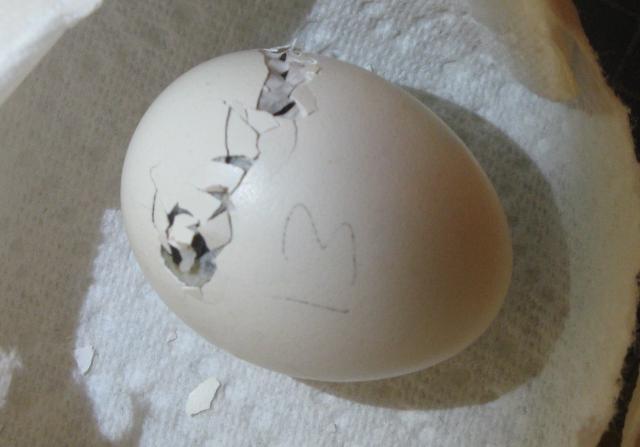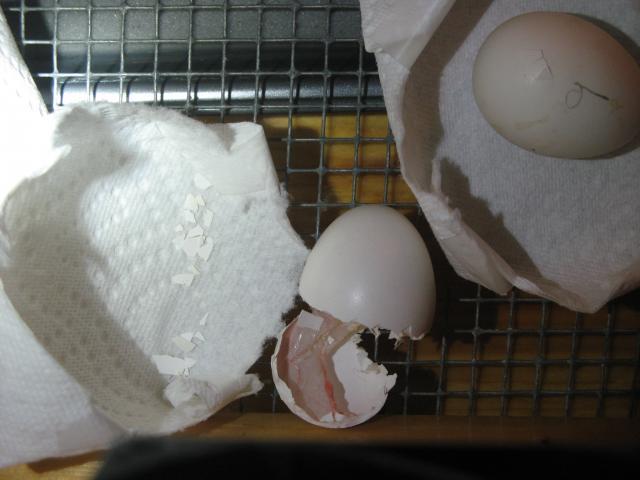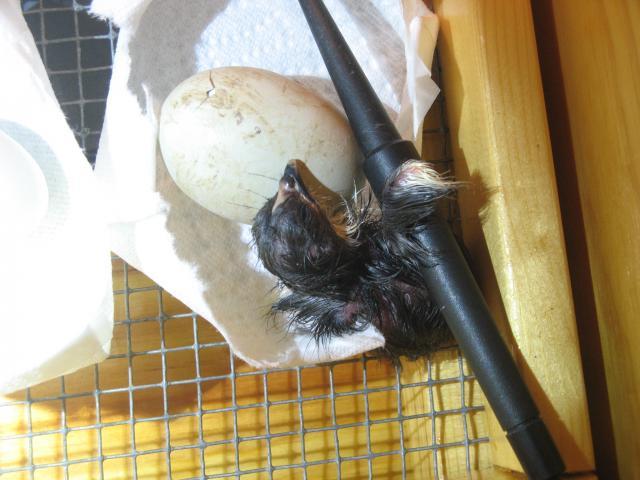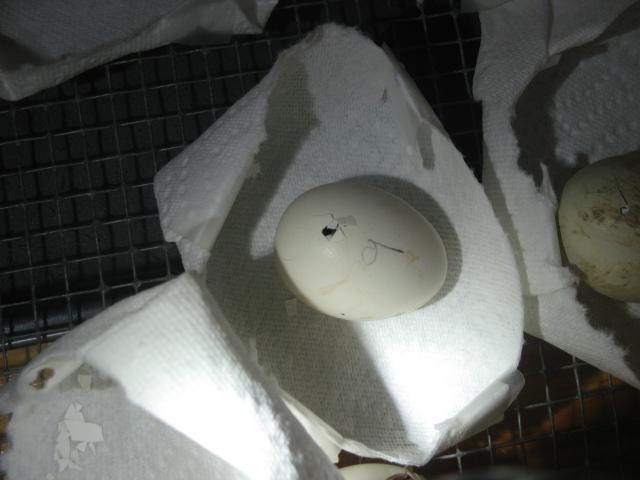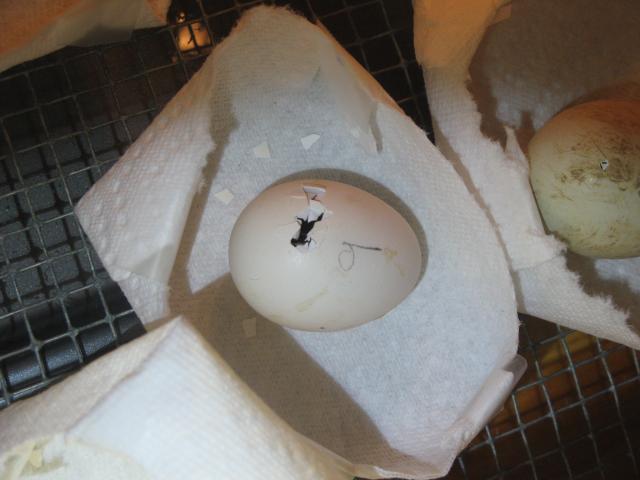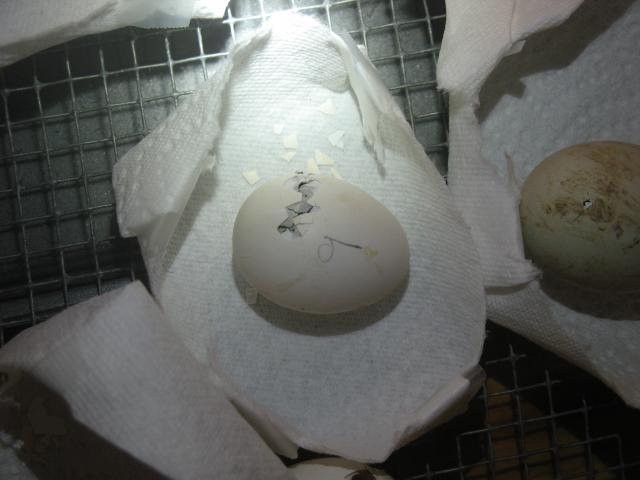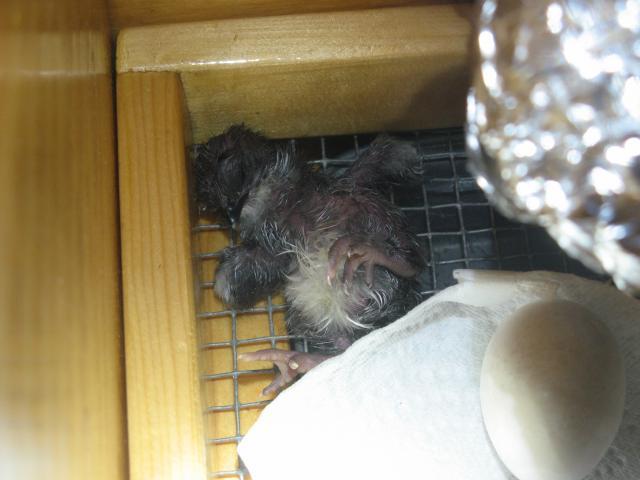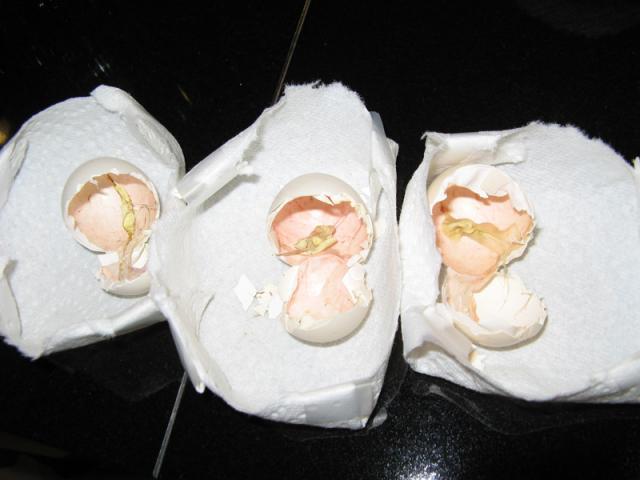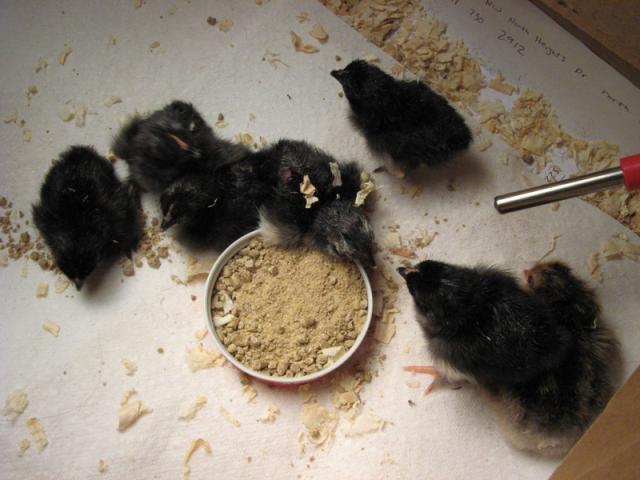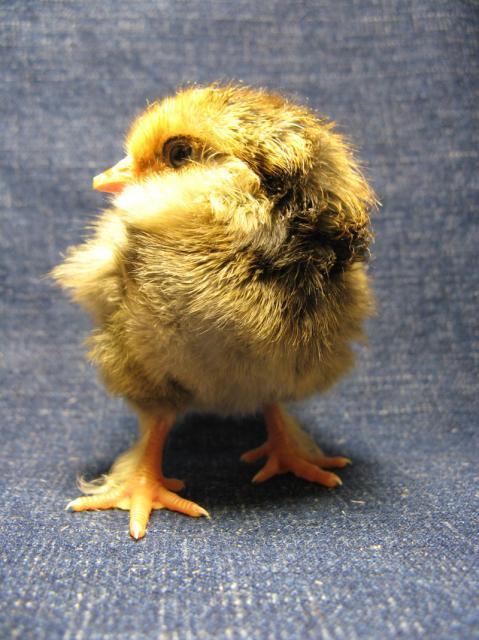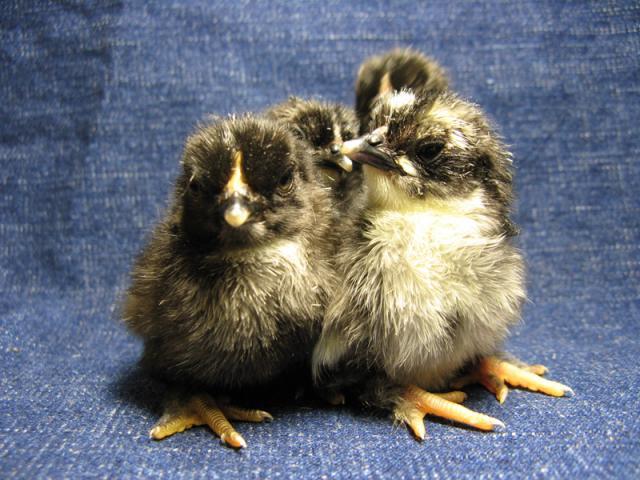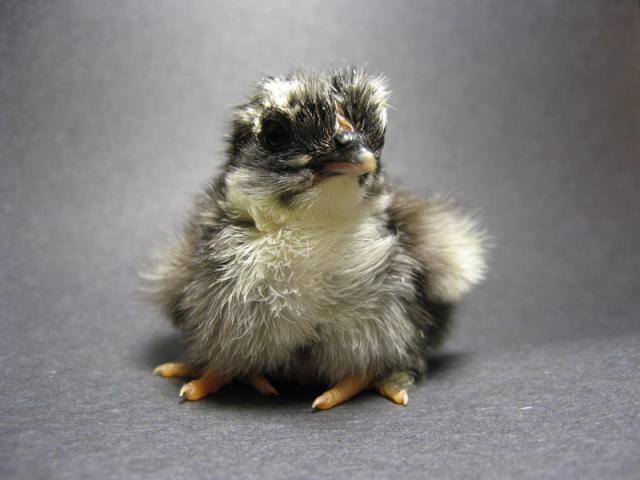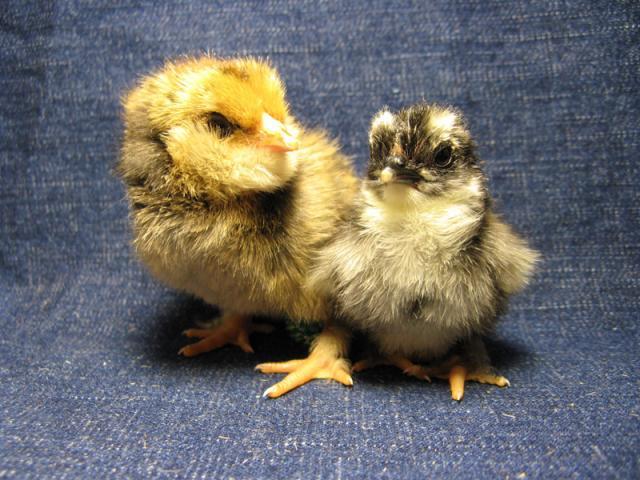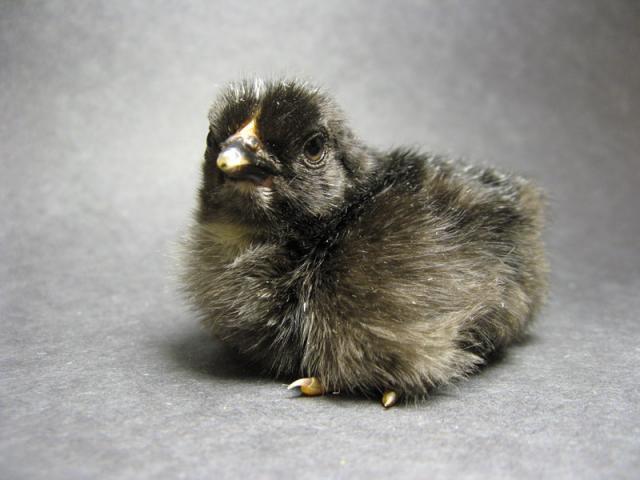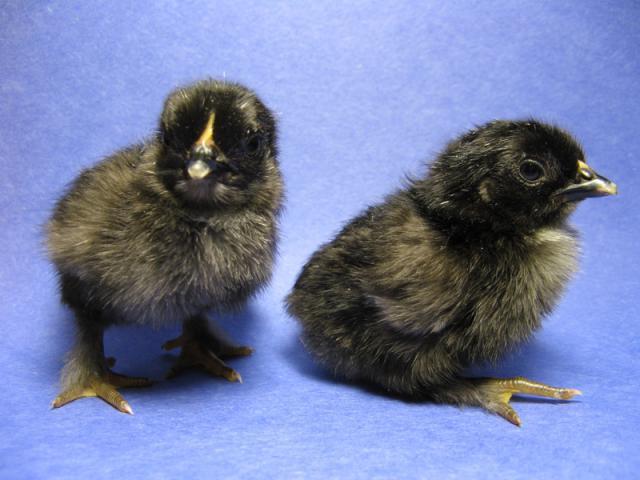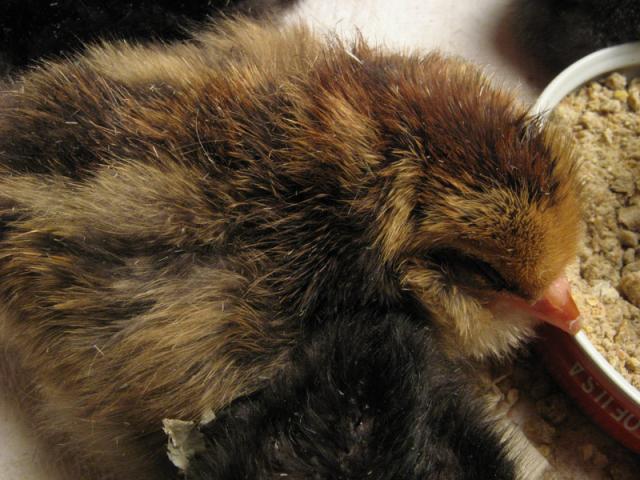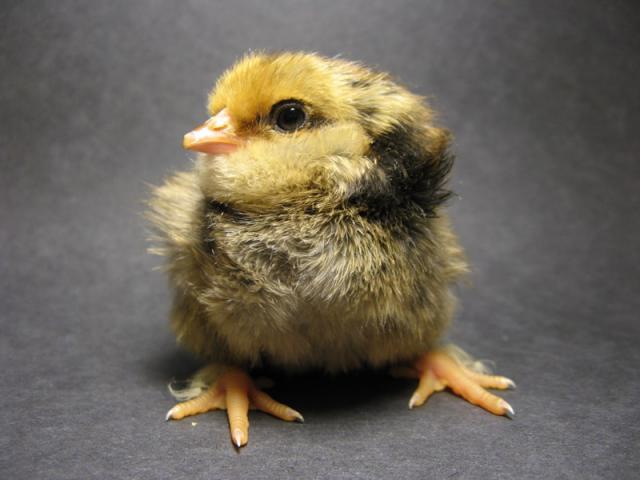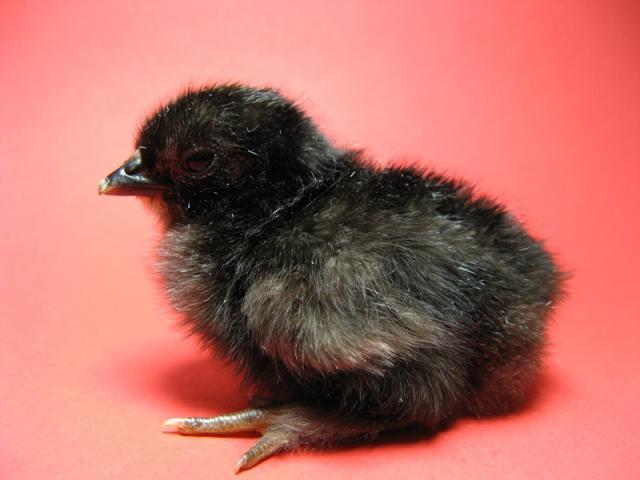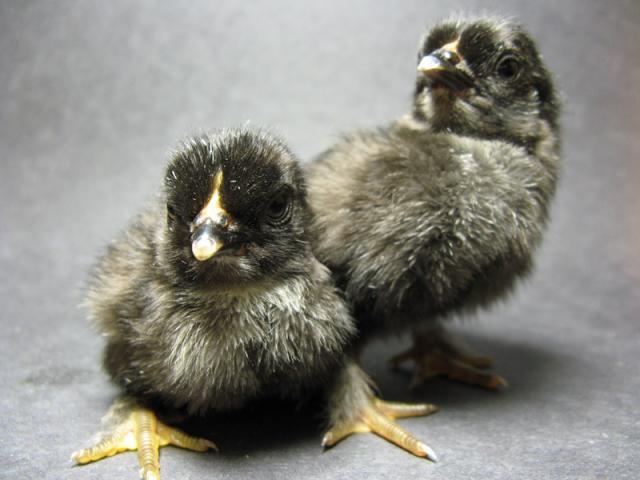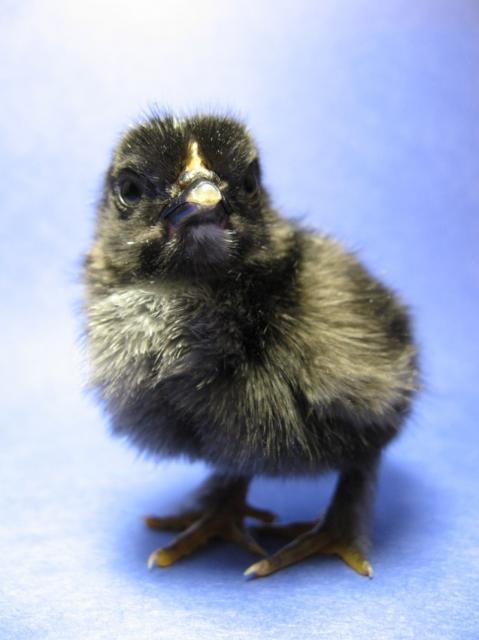My first hatch actually went pretty well, especially considering all of the eggs were shipped through the mail. Overall I got a 69% hatch rate from lockdown, with 55% of the eggs I purchased hatching. I didn't do a "dry hatch", but did lower the humidity to between 45% and 50% for the first 17 days, and then raised it on day 18. I never weighed any of the eggs at any point as I didn't learn about doing that until after I had already put the eggs in the incubator. 
I'll be performing another incubation beginning this Saturday. I intend to weigh each egg before and during the process as well as candling and adjust humidity accordingly. I'll probably keep the humidity around 40% this time to start. I've conversed with a few AZ people who routinely incubate and hatch eggs who've said that they've had great success going as low as 30-35% humidity for the first 17-18 days, but I don't think I've got that much courage yet. Oh, and I candled at 7, 10, 14 and 18 days. It was a big help.
Good luck!
[/quote]
Thank you so so much! I'm going out of my mind with the eggs I have in the incubator right now lol! maybe after doing this a few times I'll be more confident.

I'll be performing another incubation beginning this Saturday. I intend to weigh each egg before and during the process as well as candling and adjust humidity accordingly. I'll probably keep the humidity around 40% this time to start. I've conversed with a few AZ people who routinely incubate and hatch eggs who've said that they've had great success going as low as 30-35% humidity for the first 17-18 days, but I don't think I've got that much courage yet. Oh, and I candled at 7, 10, 14 and 18 days. It was a big help.
Good luck!
[/quote]
Thank you so so much! I'm going out of my mind with the eggs I have in the incubator right now lol! maybe after doing this a few times I'll be more confident.


 I'll be candling either later tonight or tomorrow wooot!
I'll be candling either later tonight or tomorrow wooot!
